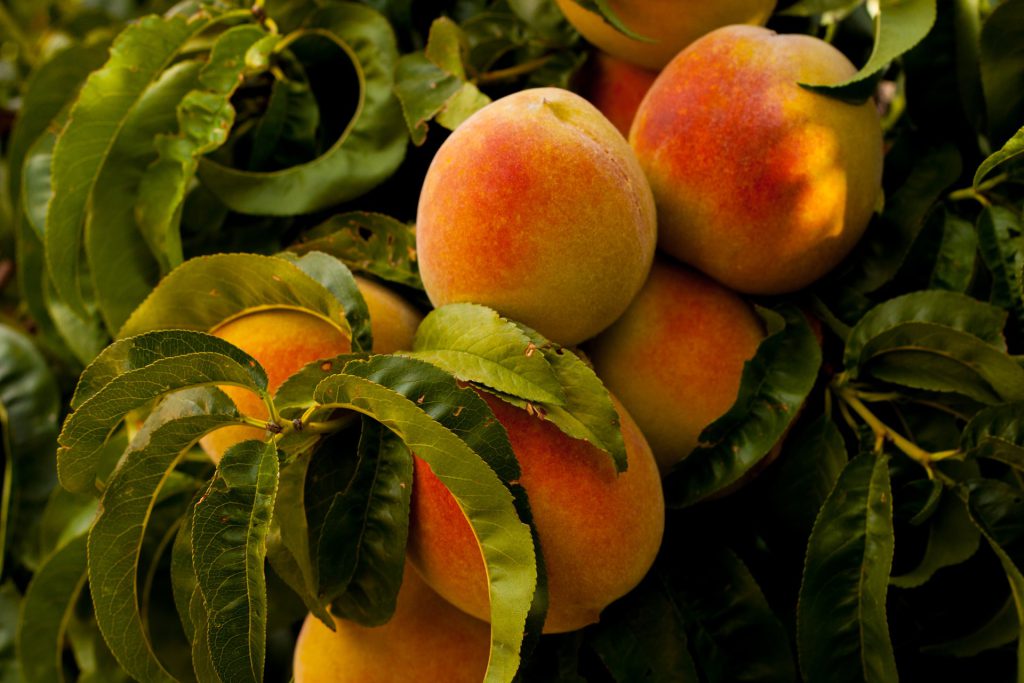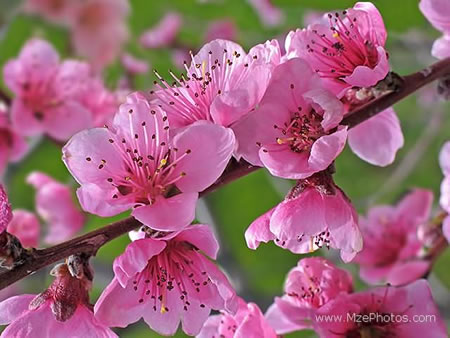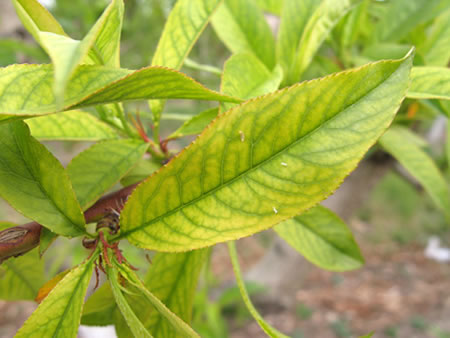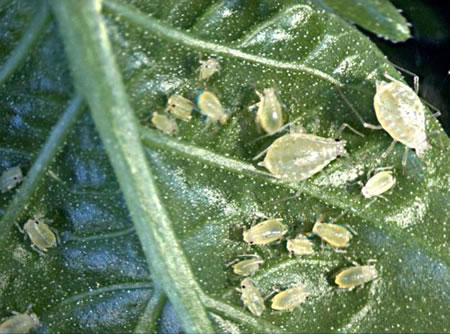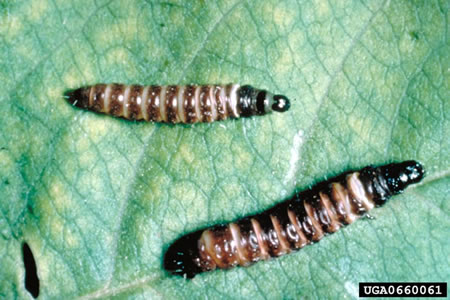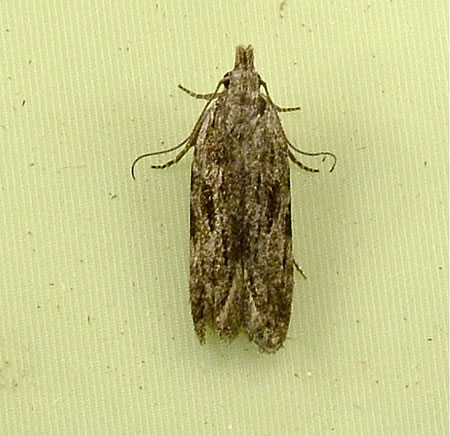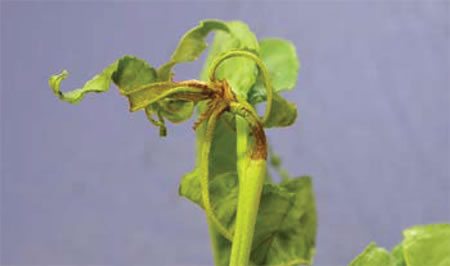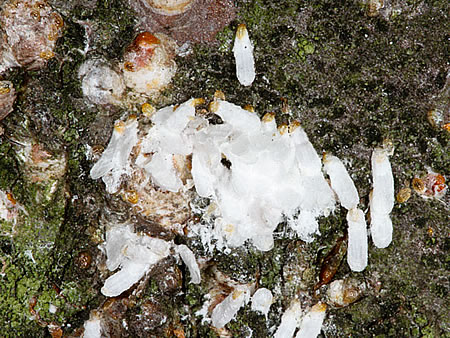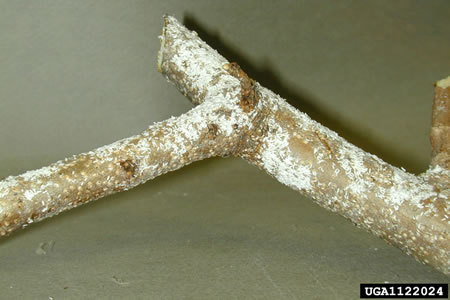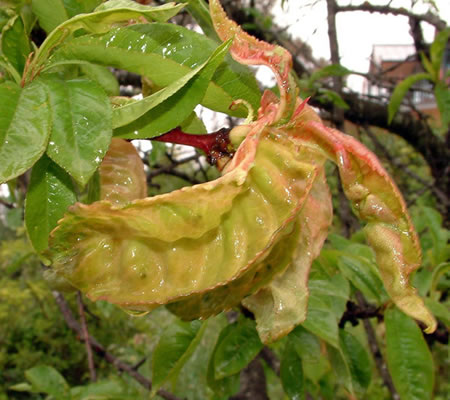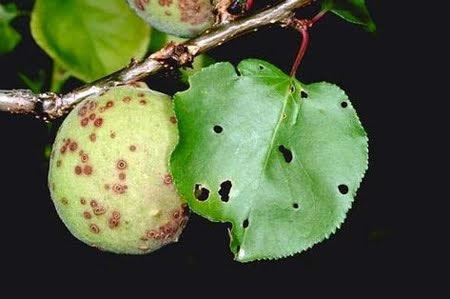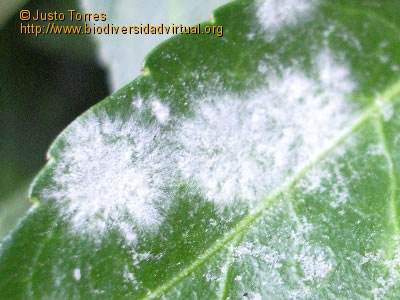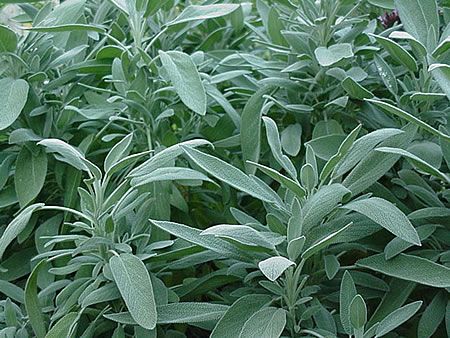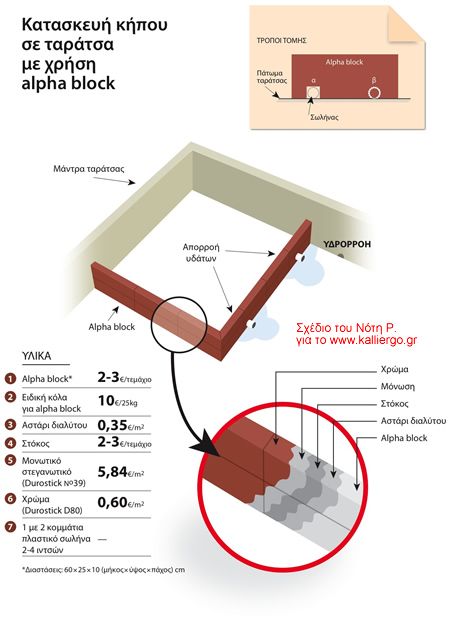Peach cultivation is one of the most important in Greece, with table peaches accounting for 40% and industrial peaches or concentrated peaches for 60%. Other European countries that produce large quantities of peaches are Spain, France and Italy (mainly table peaches).
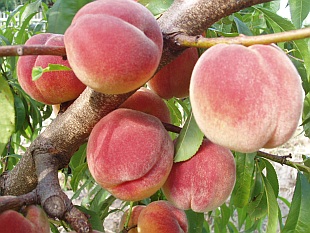
Figure 1. Peach fruits
Picture 2. Peach blossoms
Greek name. Ροδάκινο, ροδακινιά (rodakino, rodakinia).
Scientific: Prunus persica, genus Rosaceae.
Peach species and varieties
The three main categories of peaches are: (a) table peaches (with fuzz): May Crest, Maria Bianca, O’Henry, Fayette and Royal Glory; ( b) nectarines (peaches without fuzz): Stark Red Gold, Spring Red, May Grand, Fire bright and Rita Star; and (c) peaches suitable for canning: Catherina and Everts.
The most important characteristics of the varieties are: the ripening time of the fruit, its size, its colour, the presence or absence of fuzz, the ease of separating the flesh from the stone and the weight of the fruit.
Climate and soil
The peach tree is a tree that needs a lot of sunshine and heat in order to produce fruit. It requires a dry and warm summer, up to 35 degrees Celsius. Humid areas is good to be avoided because it is difficult to impossible to fight certain fungal diseases. It thrives in light, well-drained and well-ventilated soil, not calcareous soil, because it will suffer permanently from iron deficiency. A suitable pH is between 5.2 and 6.8. It belongs to the category of plants with low resistance to soil salts and irrigation water.
Peach rootstocks
Peach trees are propagated by grafting onto rootstocks. Plum trees used as rootstocks are:
1. GF-43: European plum which shows a good relationship with peach and nectarine.
2. S. Julien GF-655/2: It has good affinity but causes dwarfism in trees up to 50%.
3. Almond: Used in a few cases, especially when there is a major calcium problem.
There are also almond-peach hybrids such as GF 667, which are also suitable for replanting, and Hansen 2168 & Hansen 2168. 536, which have a good affinity with peach-almond trees and are suitable for warm areas. In neighbouring Italy it is considered a great rootstock, especially when our soil contains sufficient calcium carbonate.
The peach is self-fertile (no bees are needed), so you don’t need to grow more than one tree.
Tip: The best rootstocks for peach trees to grow are wild peach seedlings.
Planting peach trees
The best planting season is from late fall to mid-winter.
For those with a garden, you can plant peach trees either in a square or linear pattern.
When squaring, be sure to leave 4.5-5 metres of space between trees.
In linear planting, the distance between trees depends on the shape you give your trees. For example, if you leave a lot of branches and tufts on your tree (the tree looks like a cup), then the planting distance is 5 meters. If you give it a herringbone (palmette) shape, then the appropriate spacing is 4 metres. In the Y-shape (Ypsilon), the spacing between the trees is 2 meters. If you want to plant dwarf varieties in a garden, the appropriate spacing is 40 cm.
Tip: The most reliable shape is the herringbone because the most sunlight and heat reaches every part of the tree, but also the cost of shaping is lower.
Peach pruning
Pruning of the peach tree is of great importance and should be done every year. The tree tends to produce fruit to shoots of older years, so the aim of pruning is to remove older shoots so that new shoots can form and the necessary number of fruit-bearing shoots remain on the tree.
Two types of pruning are applied to the peach tree, summer and winter pruning.
Summer pruning is aimed at removing “excess” branches and is carried out in June.
Winter pruning is divided into short and long pruning.
With short pruning, we remove parts of the branches (not whole) so that 6-8 buds are left over and with this pruning no thinning is necessary. It is suitable for varieties that produce large fruits and for old trees.
Long pruning is applied to varieties that produce small fruit and young trees. In this case, the whole branches are removed, followed by thinning of the fruit.
Irrigating peach trees
Due to the fact that peach trees require a warm summer, they also have high water requirements, and in fact there should be plenty of water for irrigation. The greatest amount is needed between April and August because of the large number of new shoots that develop during this period. Micro-sprayers are a suitable method of irrigation. The sprayer is placed on the ground and close to the trunk of the tree. It is one of the best irrigation systems because it saves water and distributes it correctly.
Growing peach trees in pots
You can buy a dwarf variety of peach tree in a large pot and place it on your balcony, as long as it is in a sheltered position.
Peach fertilization
The peach tree is a demanding tree in nitrogen and potassium and less so in phosphorus. An indicative nitrogen fertilisation scheme is as follows:
1st year: 70 g/tree
2nd year: 140 g/tree
3rd year: 210 g/tree
4th year: 470 g/tree
5th year: 730 g/tree
6th year: 1000 g/tree
In the first year this quantity is given with the first 2-3 irrigations. With regard to potassium, we use either potassium sulphate or potassium chloride and phosphorus fertilisation should be applied periodically every 2nd or 3rd year.
A common food deficiency that peach trees suffer from is iron (Fe) deficiency, which occurs mainly in soils with high pH. In this case, apply Sequestren Iron to the soil and correct the deficiency.
Figure 3. Iron deficiency in peach leaves
Pests of peach trees
Green peach aphid
Peach green aphid: winter eggs are laid on the peach tree and are found in buds and in recesses in the bark. It is a very cold-resistant insect and attacks young branches and tender leaves, causing them to carapace. The aphid is an important vector of viruses and their honeydewy exudates cause fungal growth.
Figure 4. Aphid adults on a peach leaf
Control: Suitable formulations for its control are Ascot 2.5 WG and Lambdastar 2.5 WG. Dissolve 0.4 g in 1 litre of water and spray the tree as soon as you notice the first infestations.
Anarsia lineatella (peach twig borer)
Anarsia or peach twig borer: the larva of the insect (worm) is chocolate colored, while the adult is ash colored. When resting its wings are in the shape of a roof over its body. It mainly attacks peach, apricot and almond trees. Holes are observed in the bark but also on young branches. A characteristic feature of the holes formed by anarsia is a tube, also known as a chimney. The fruits are eaten superficially and in heavy infestation they reach the inside of the fruit.
Figure 5. Larva of peach twig borer insect
Figure 6. Adult of peach twig borer insect
Figure 7. Peach stem top drying out due to holes
Control: The biological formulations Bactecin 0.2 DP and Bathikur 1000 DP are used to dust the affected plant surfaces. Also, Isomate A/OFM traps can be used with the appearance of the first insects and finally we can spray with Laser 48 SC.
White peach scale (Pseudaulacaspis pentagona)
White peach scale: dense populations are observed on peach, mulberry and kiwi trees. Its eggs are reddish-orange (if they give male individuals) and white (if they give female individuals). The adult is yellow or orange. The young larvae tend to settle next to each other. It mainly attacks shoots, branches, trunk and more rarely fruits and leaves. Affected parts become weakened and whole tree drying may occur.
Figure 8. Shield of female white peach scales on bark
Figure 9. Peach branch with shields of white peach scale.
Control: Admiral 10 EC (for amateur use) is a suitable insecticide.
Peach diseases
Peach leaf curl (caused by Taphrina deformans)
Peach leaf curl: a disease that seriously affects peach and almond trees. The symptoms are particularly pronounced on the leaves, which show abnormal thickening, curling and thickening. Initially red in color, they turn reddish-yellow and then turn brown, wither, dry and fall off.
Figure 10. Peach leaf curl symptoms
Control: Fungicides used in this case are Delan 50 SC and Delan 70WG. In the former, dissolve 1.2-1.4 g in a litre of water and in the latter 0.8-1 g in a litre of water and spray the leaves preventively.
Shot hole disease (caused by Stigmina carpophila)
Shot hole disease: causes damage to shoots, buds, flowers, leaves and fruits. Initially on the leaves we have circular spots, which in the process become brown and progress to the center of the leaf and dry out. The dead part falls off and holes resembling bullet holes are formed. Spots similar to those on the leaves form on the fruit, while on the shoots spots form which soften.
Figure 11. Symptoms of shot hole disease disease on peach fruit and leaf.
Control: Preventive use of Baycor 25 WP is recommended, where 0.8-1.3 grams is dissolved in 1 liter of water and sprayed.
Powdery mildew
Powdery mildew: in addition to peach, it also causes problems on apricot. It attacks leaves, shoots, flowers, buds and fruits. The characteristic feature of powdery mildew is that all affected organs have a floury coating.
Figure 12. Leaf affected by powdery mildew.
Control: There is a powdered swab, Fluidosourfe 99 DP, which acts preventively. Also, we can spray the foliage with Azupec 80 WG and Azupec 80 WP, dissolving 3-4 grams of substance in 1 litre of water and they act preventively.
Caution: these work best at temperatures above 20 degrees Celsius up to 26-27 degrees Celsius. At higher temperatures, burns are caused to trees.
Monilinia
Monilinia: attacks both flowers and fruits.
Figure 13. Severely affected fruit by monilinia.
Control. Diziram 76 WG is also used, dissolve 2.5-3 grams in a liter of water and spray as a preventive measure.
Cultivation care for peach trees
The recommended cultivation operations for peach trees include cleaning the trees of infected or dead branches and collecting rotten or mummified fruit, which should then be removed or burnt.
This operation should be carried out in dry weather and is intended to significantly reduce the overwintering forms of the insect, fungal, bacteriological and other diseases that have afflicted the crop. Specifically: for peach leaf curl, spraying of the trees after leaf fall is recommended, and for shot hole disease, both autumn (after leaf fall) and winter spraying is recommended.
Agronomist Sophia Papazoglou
Agronomist MSc “Environmental Management”
Photo by Ian Baldwin on Unsplash
Tags: BALCONY • DISEASES • ENEMIES • GARDEN • PEACH • PEACH TREE • POT • POTS • SOFIA PAPAZOGLOU AGRONOMIST • TREES

